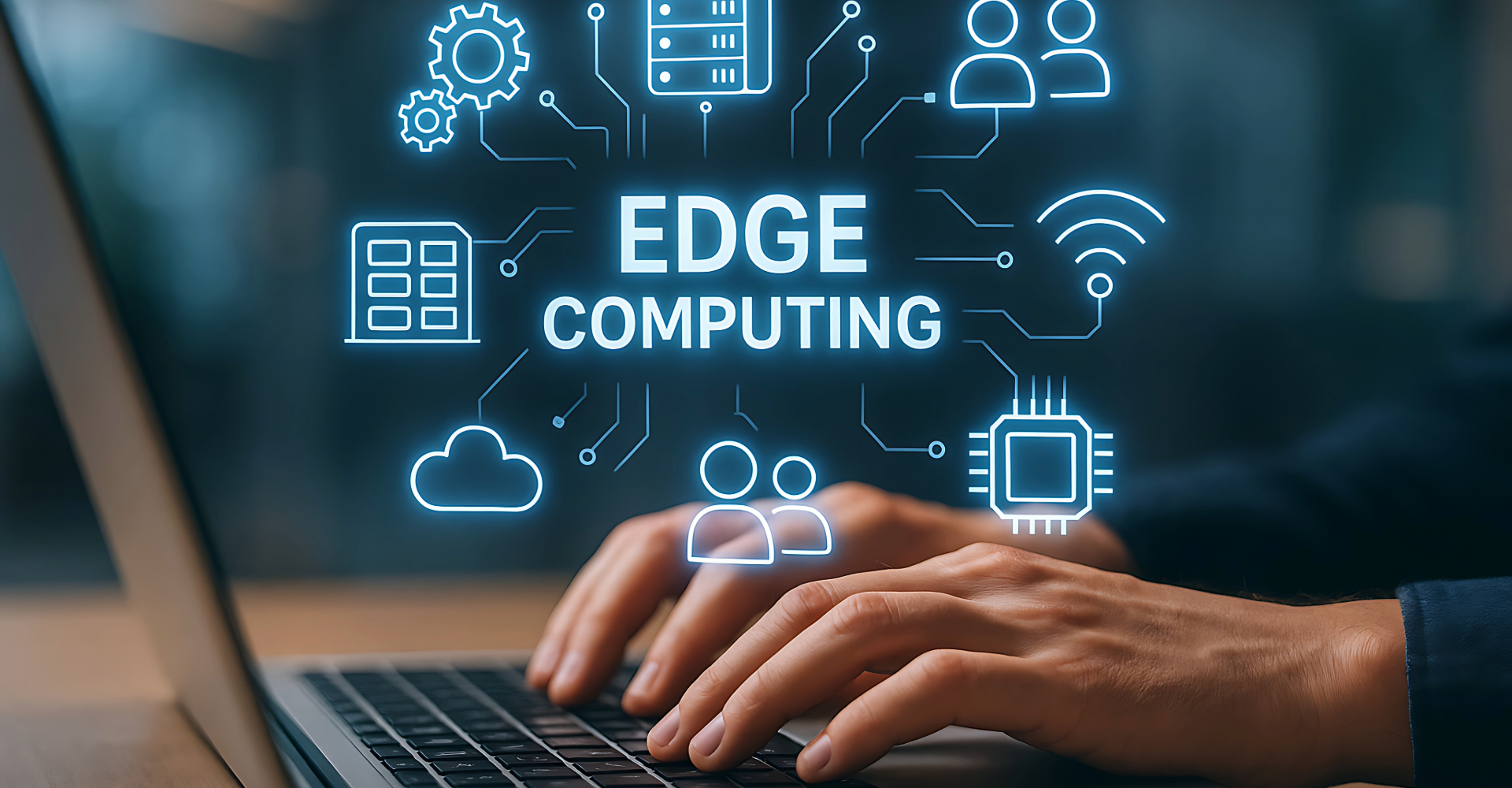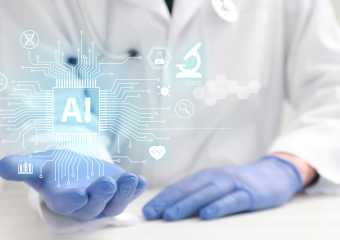Why Edge Is the New Cloud: AIoT Devices That Think Locally
Edge computing is rapidly emerging as a vital technology, particularly in the realm of AIoT (Artificial Intelligence of Things) devices which are designed to think locally rather than rely heavily on cloud-based services. This shift is redefining how data is processed and managed across numerous industries, enhancing efficiency, speeding up response times, and improving data security.
Understanding Edge Computing and AIoT
To grasp the significance of edge computing in the context of AIoT, it’s crucial to first understand what these terms entail. Edge computing refers to the process of performing data processing at or near the source of data generation, instead of relying on a centralized data center. This concept is a game-changer when combined with AIoT, which involves integrating artificial intelligence into the infrastructure of connected IoT devices.
This amalgamation means that AIoT devices are equipped with AI capabilities that allow for real-time data processing without necessitating constant contact with the cloud. This is particularly crucial in applications where instant decision-making is critical, such as autonomous driving, healthcare monitoring systems, and industrial IoT operations.
How Edge Computing Empowers AIoT Devices
Speed and Responsiveness
One of the foremost benefits of using edge computing in AIoT devices is the significant enhancement in speed and responsiveness. By processing data locally, these devices can react almost instantaneously to changes without the latency that often accompanies data transmission to a cloud-based service. For example, in autonomous vehicles, edge computing allows for immediate processing of road conditions and traffic data, enabling swift decisions that are vital for safety and efficiency.
Reduced Bandwidth and Lower Costs
Another compelling advantage is the reduction in bandwidth usage. When data is processed locally, only relevant, processed information needs to be sent to the cloud, if at all. This not only cuts down the cost associated with data transmission but also alleviates the load on network resources. For businesses, this means cost savings and enhanced operational efficiency, as they can manage data effectively without overwhelming their network infrastructure.
Enhanced Security and Privacy
When it comes to security, edge computing offers a more contained environment to handle sensitive data. By processing data locally on AIoT devices, the risk of intercepting data during transmission is minimized. Moreover, it can comply better with data privacy laws which require certain types of data to remain within geographic or jurisdictional boundaries. Edge computing makes it easier to adhere to these regulations by keeping data localized.
Challenges and Considerations
Despite its benefits, integrating edge computing with AIoT devices brings its set of challenges. One significant concern is the need for robust security measures on the device itself, as storing and processing data locally can make AIoT devices attractive targets for cyber attacks. Additionally, these devices often require greater processing power and more sophisticated software, which can increase manufacturing costs and complexity.
Future Trends in Edge Computing and AIoT
Looking ahead, the role of edge computing in AIoT is set to expand. Innovations in hardware and software are continuously improving the capabilities of local data processing, making it even more efficient and secure. As 5G technology becomes more widespread, the potential for edge computing and AIoT devices to perform more complex tasks with even lower latency will increase significantly.
Furthermore, the ongoing development of machine learning models that can run efficiently on edge devices is expected to push the boundaries of what’s possible with AIoT. As these models become more sophisticated, they’ll enable more powerful and autonomous AI-driven decision-making processes at the edge.
Conclusion
Edge computing represents a transformative shift in how data is handled across networks, bringing processing power closer to the data source. This is particularly impactful in the realm of AIoT, where devices benefit from immediate data processing capabilities that enhance functionality, increase operational efficiency, and ensure data privacy. As we continue integrating technology into every facet of personal and professional environments, edge computing will play a crucial role in shaping the future of intelligent devices.





